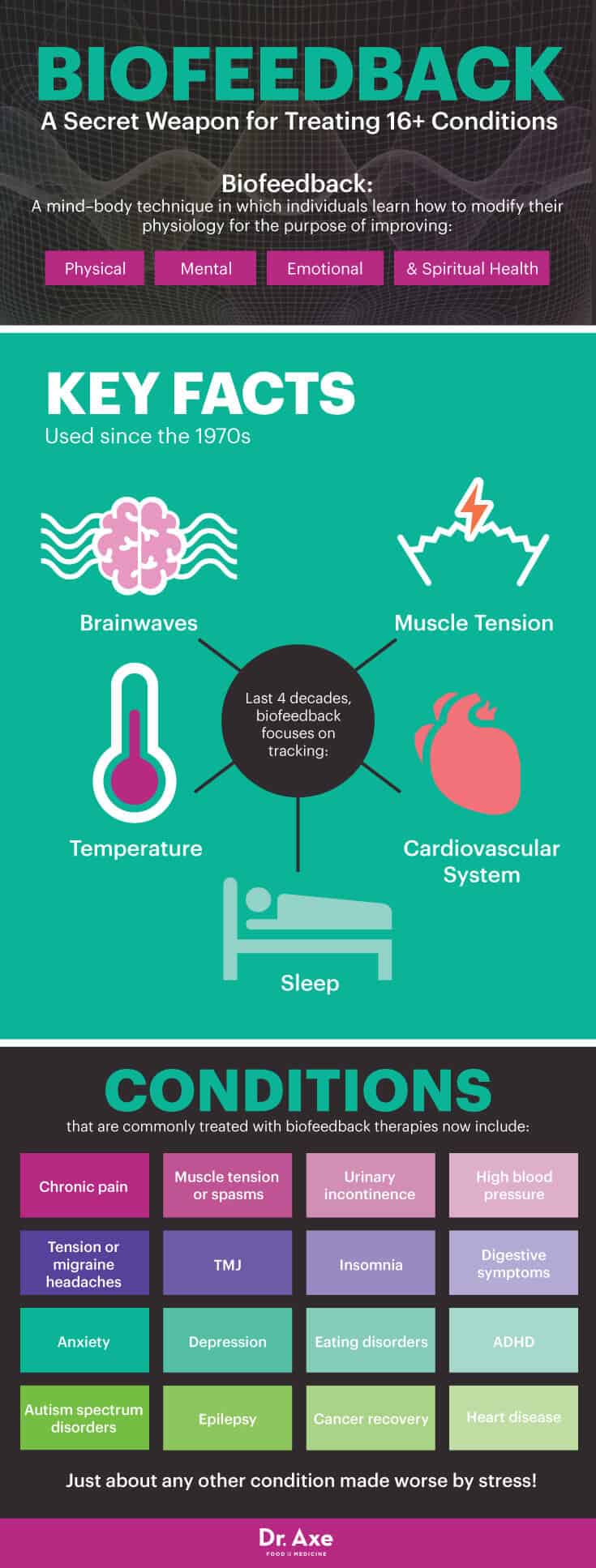Slumber hypopnea is a common slumber condition that affects many people throughout the globe. It happens when a person's breathing is interrupted during sleep, resulting to poor slumber quality and multiple health concerns. One of the methods researchers and doctors are working to better understand and diagnose sleep apnea is through a method called quantitative electroencephalography, or qEEG. This method measures the electronic function of the brain and can provide important understandings into how sleep apnea affects brain function and overall well-being.

qEEG involves positioning small electrodes on the scalp to capture brain oscillations. These cerebral oscillations are then analyzed to identify patterns that may indicate sleep conditions, including sleep apnea. By analyzing these trends, medical providers can gain a clearer understanding of how sleep apnea interrupts normal cerebral activity during sleep. This information can be crucial for formulating efficient therapeutic strategies customized to specific clients. Comprehending the connection between qEEG and sleep apnea can result to enhanced identification techniques and superior outcomes for those affected by this disorder.
Research has shown that individuals with sleep apnea often exhibit distinct alterations in their brain wave patterns. For example, during episodes of apnea, the brain may show heightened activity in specific areas while additional areas become less active. These changes can affect how well a person sleeps and how rested they perceive upon waking. By employing qEEG to monitor these brain oscillation trends, physicians can recognize particular traits of sleep apnea in clients, which can assist in making a more precise identification. This is particularly crucial because sleep apnea can occasionally be confused for alternative sleep conditions, resulting to misguided therapies.
In furthermore to enhancing identification, qEEG can also serve a part in evaluating the efficacy of therapies for sleep apnea. For example, Read More Here after a client starts employing a constant beneficial airway force (CPAP) device, which assists maintain the passage clear during slumber, qEEG can be utilized to evaluate changes in brain function. If the cerebrum exhibits enhanced patterns of sleep after starting treatment, it may indicate that the therapy is working effectively. This response can help doctors formulate required modifications to therapeutic strategies, guaranteeing that clients receive the best care possible.
Overall, the relationship between qEEG and sleep apnea trends is an exciting area of study that offers potential for improving identification and treatment. By understanding how sleep apnea affects brain function, healthcare providers can develop more effective approaches to assist clients achieve better sleep and enhance their general well-being. As studies progresses to advance, it is probable that qEEG will become an essential tool in the fight against sleep apnea, leading to superior results for those who experience from this difficult disorder.
Comments on “Revealing the Link Among quantitative EEG and Sleep Apnea Patterns for Improved Diagnosis and Treatment”